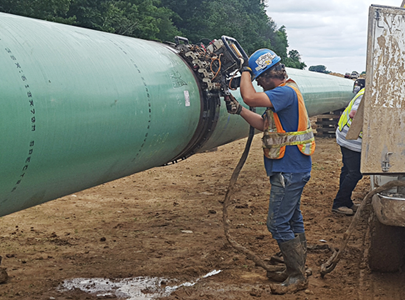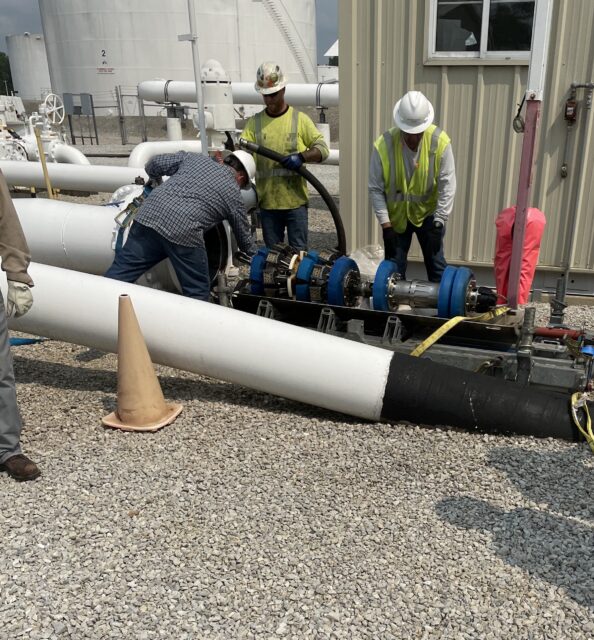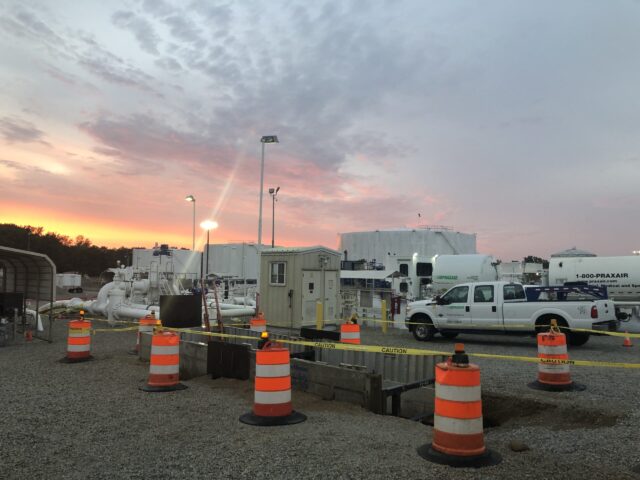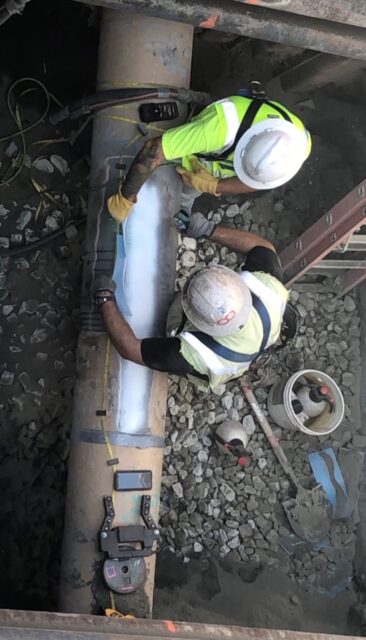Home › Archives for Jason R. Larman, PMP

Explore why PHMSA is urging pipeline operators to shift from qualitative to quantitative risk assessments. Learn how better data, improved modeling, and real-world examples can enhance pipeline integrity and public safety.
Is your pipeline integrity documentation audit-ready? Learn how structured recordkeeping, cross-team coordination, and a strong documentation culture can boost compliance, reduce risk, and turn your next PHMSA audit into a success story.

Learn how to build high-performing pipeline integrity teams with clear communication, feedback, and strong project management.

Effective work procedures improve safety, capture field knowledge, and boost team performance—learn how to make yours work.

Faced with anomaly-related pressure reductions and ambiguous ILI results, a client turned to Acuren's engineering team for a comprehensive integrity solution. Acuren managed nitrogen purging, anomaly cutouts, spike and hydrotesting, and pipeline restoration, securing a five-year reassessment interval and re-establishing MOP. Through strategic planning and contingencies, the project exceeded expectations, finishing early and under budget.

To address pipeline cover loss affecting pre-1980 infrastructure, a Midwest petroleum company partnered with Acuren's engineering team to develop a comprehensive monitoring program. The team created a process for identifying high-risk areas and implementing solutions, crucial given recent shallow-burial incidents. Their innovative approach combined public awareness with creative mitigation strategies, resulting in 95% cost savings while ensuring pipeline safety.

Acuren performed a engineering, project management and integrity evaluation for inspection on a dig +20ft below a busy truck route in Chicagoland.
Pipeline integrity management is essential for safety but can be resource-intensive, with investigating a single below-grade threat costing $20,000 to $200,000 or more. When inspections reveal numerous potential threats, a prescriptive approach can become prohibitively expensive. Partnering with experienced integrity engineers can optimize spending and improve efficiency. For example, leveraging advanced validation technology, our team helped a client save over $7 million by reducing required digs by half.